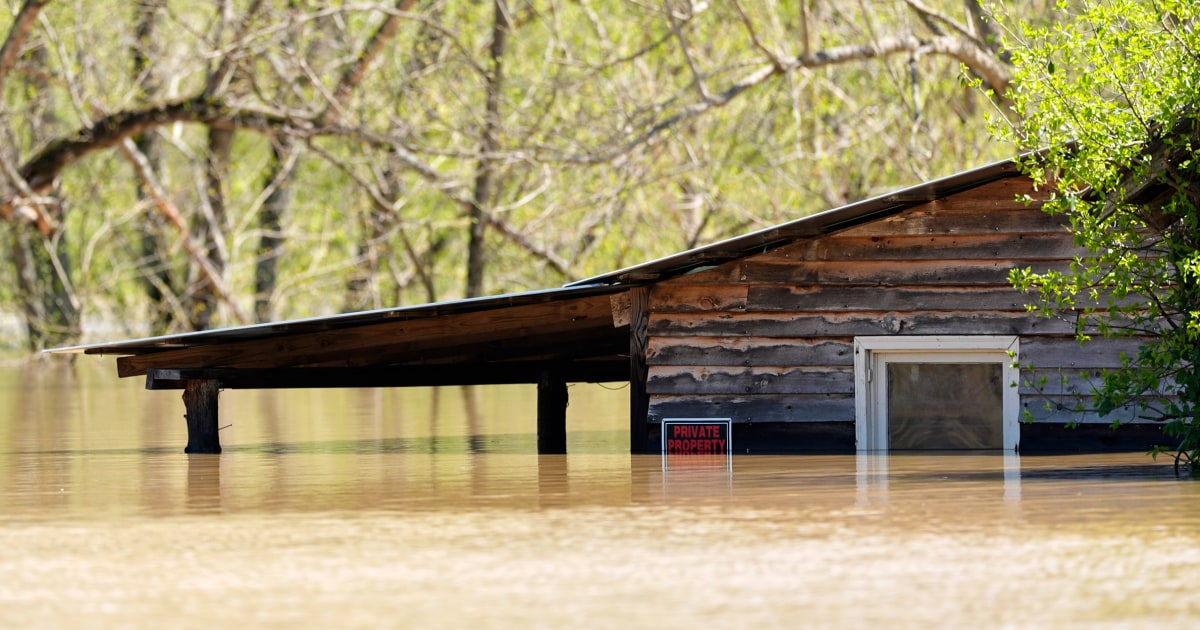NOAA's Billion-Dollar Disaster Database to Shut Down Amid Climate Change Concerns
NOAA's weather-disaster database will cease updates after 2024, complicating efforts to understand the financial impact of climate change-induced events.
Overview
The Trump administration's cuts at NOAA are set to shut down the Billion-Dollar Weather and Climate Disasters database, which has tracked over $2.9 trillion in damage since 1980. By ceasing updates after 2024, essential data on the growing frequency and severity of climate-related disasters will no longer be available, hindering assessments of risks tied to climate change, particularly as the nation sees rising annual costs of extreme weather events. This move adds to concerns over how climate change impacts, including those highlighted in recent Midwest storms, are communicated and understood, further placing communities at risk without essential data.
Content generated by AI—learn more or report issue.

Get both sides in 5 minutes with our daily newsletter.
Analysis
- The recent flooding in the Southeast, driven by intense storms, worsened due to climate change, as found by the World Weather Attribution analysis, which stated that human-caused global warming made the storms about 9% heavier and 40% more likely.
- Historical data suggests that the extreme rainfall seen from April 3 to April 6, resulting in severe disruptions and loss of life, could be expected once every 100 years in today’s climate, emphasizing the increasing frequency of such weather events due to global warming.
- Concerns over staffing shortages at the National Weather Service were highlighted, noting that these vacancies ultimately hinder effective forecasting and emergency response amid the escalating frequency of extreme weather events.
Articles (7)
Center (5)
FAQ
The database is being retired due to broader issues at NOAA, including layoffs and structural changes, which could hinder efforts to quantify and understand the financial impacts of climate-related disasters, making it challenging to assess risks effectively[2][5].
The shutdown of updates will limit access to essential data on the frequency and severity of climate-related disasters, complicating assessments of climate change impacts and potentially placing communities at greater risk due to reduced data availability[2][5].
Alternative measures could include relying on private weather services or other government agencies, though these might not provide the same level of detailed analysis and national coverage as NOAA's database[5].
Staff layoffs at NOAA, especially within the National Weather Service, could reduce the accuracy of weather forecasts and emergency warnings, potentially increasing risks during severe weather events due to diminished resources[5].
History
- 2M

 3 articles
3 articles




